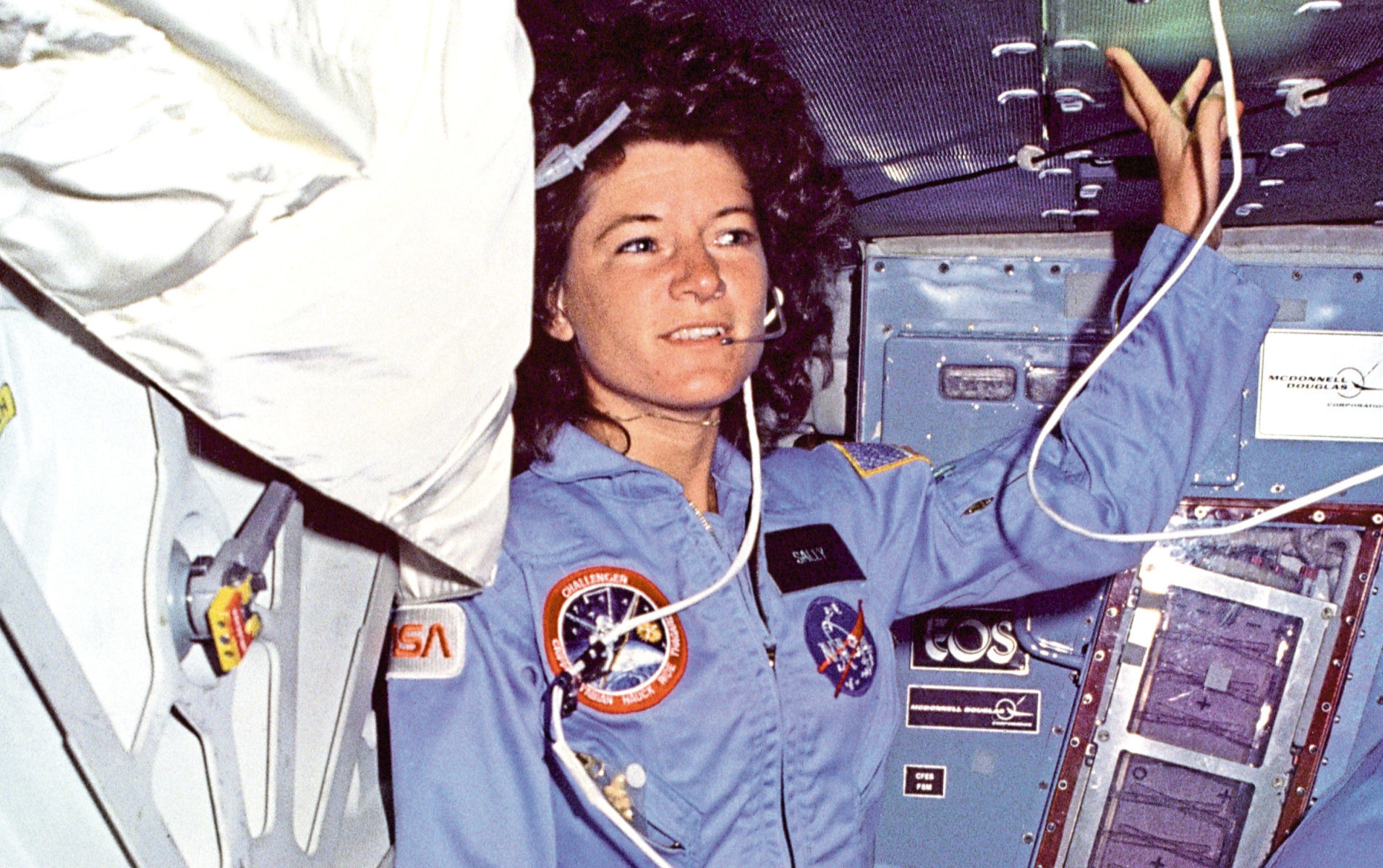
IF a high-ranking American had just made a slightly different decision 50 years ago, the world’s women would have had a very different tale to tell.
In fact, women would have proved they were out of this world.
It was in the 1960s that space agency NASA was seriously considering a female astronaut corps, and by 1968 things were hotting up.
The pesky Soviets had already romped ahead in the space race and, with money tight, NASA could have accomplished missions far more cheaply by using women rather than men.
In the ultra-expensive world of space exploration, every penny counts, and the idea was only stopped by pressure from male-dominated political groups and fear of bad publicity if a female astronaut came to harm.
Half a century on, of course, though we see many women paid less than men for doing the same job, things are better.
Britain already has its second female prime minister, the USA could soon get its first female president, and several of the UK’s political parties are led by women.
Modern-day girls do better at school, and more women than ever are choosing to wait much, much later to start families, more interested in their careers.
The reasons why NASA came so close to sending females, not males, into space were very logical.
At that time, studies said that women ate less, could cope with isolation better, took up less room, had stronger hearts and could withstand vibrations and even radiation better than men.
Although it would be 1983 before Sally Ride finally became the first female US astronaut in space, Soviet cosmonaut Valentina Tereshkova was up there 20 years before her.
Her flight had been sensationally successful, not least because it said to the world that Moscow, not Washington, treated both sexes absolutely equally.
To rub salt into the wounds, other cosmonauts would also head into the unknown of space long before Sally Ride did.
Svetlana Savitskaya did it the year before Ride, and Elena Serova had also been up there.
In fact, when Tereshkova married Andriyan Nikolayev – a male cosmonaut – and they had their baby, little Elena became the first-ever person born to two parents who had travelled in space.
Even when Sally eventually got up there, she was asked stupid questions, such as whether she wished she’d been born a boy, and how she would keep her hair tied back in the gravity-less conditions of space.
A fiercely competitive, extremely brainy woman, she would bite her tongue, grit her teeth and smile at such questions.
And yet, in 1961, it hadn’t been a female, but Alan Shepard who became the first “US spaceman” to be followed by dozens more men in the years to come.
So far, South Korea has had just one astronaut in space, and it was a woman.
So-yeon Yi, 5ft 4in, said she felt less cramped than her 6ft-plus male counterparts.
As for Sally Ride, pancreatic cancer killed her four years back, aged just 61, having had books, poems and songs penned for her.
Not to mention inspiring millions of girls to reach for the stars.
British chemist Helen Sharman is one of the several ladies to have followed her into space, when the Sheffield-born astronaut visited the Mir space station in 1991.


Enjoy the convenience of having The Sunday Post delivered as a digital ePaper straight to your smartphone, tablet or computer.
Subscribe for only £5.49 a month and enjoy all the benefits of the printed paper as a digital replica.
Subscribe